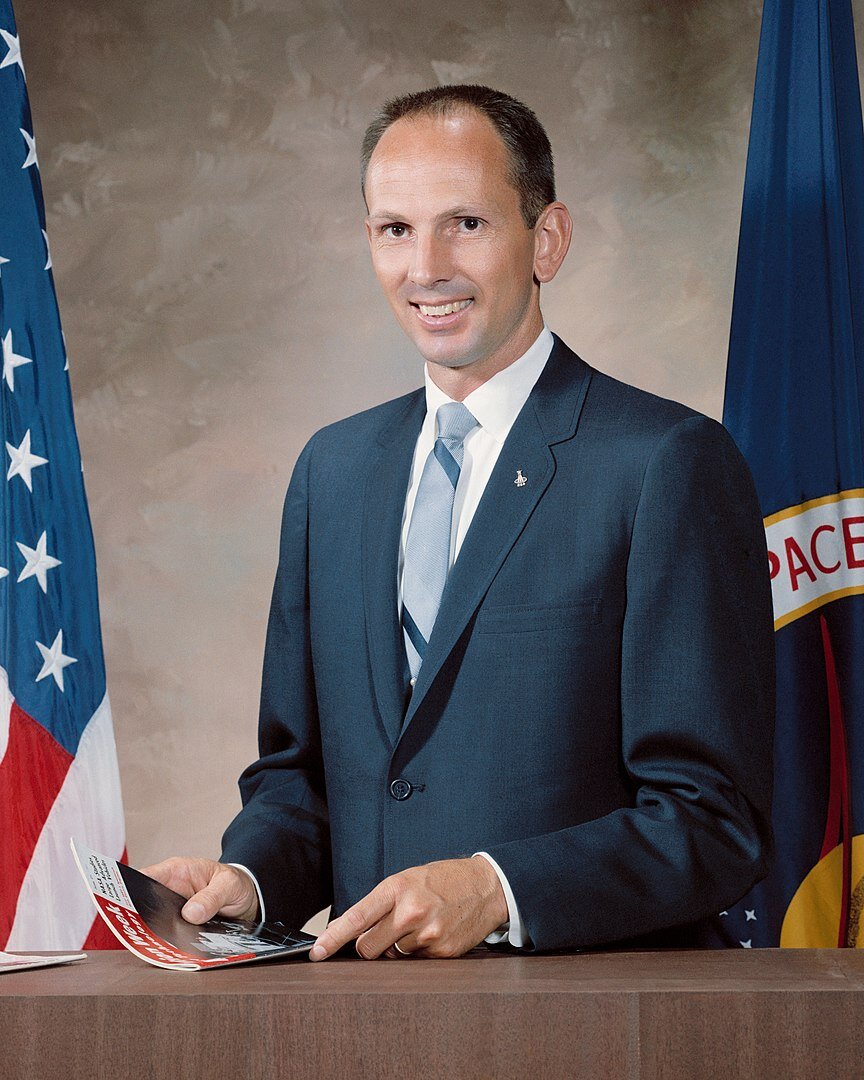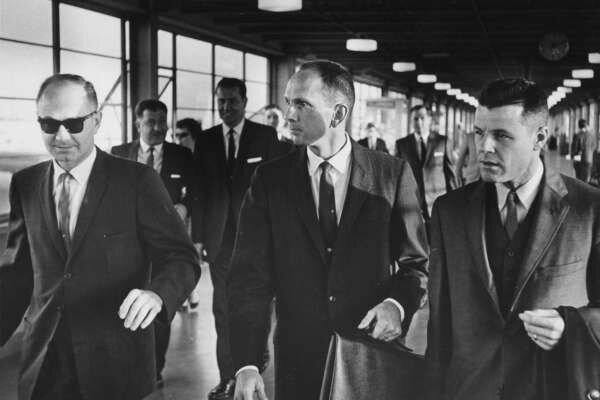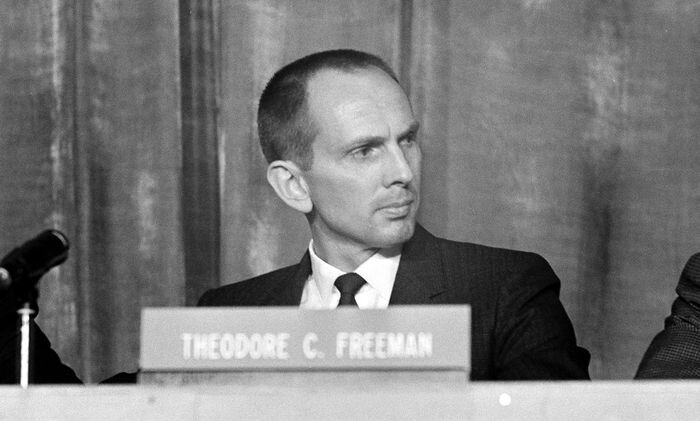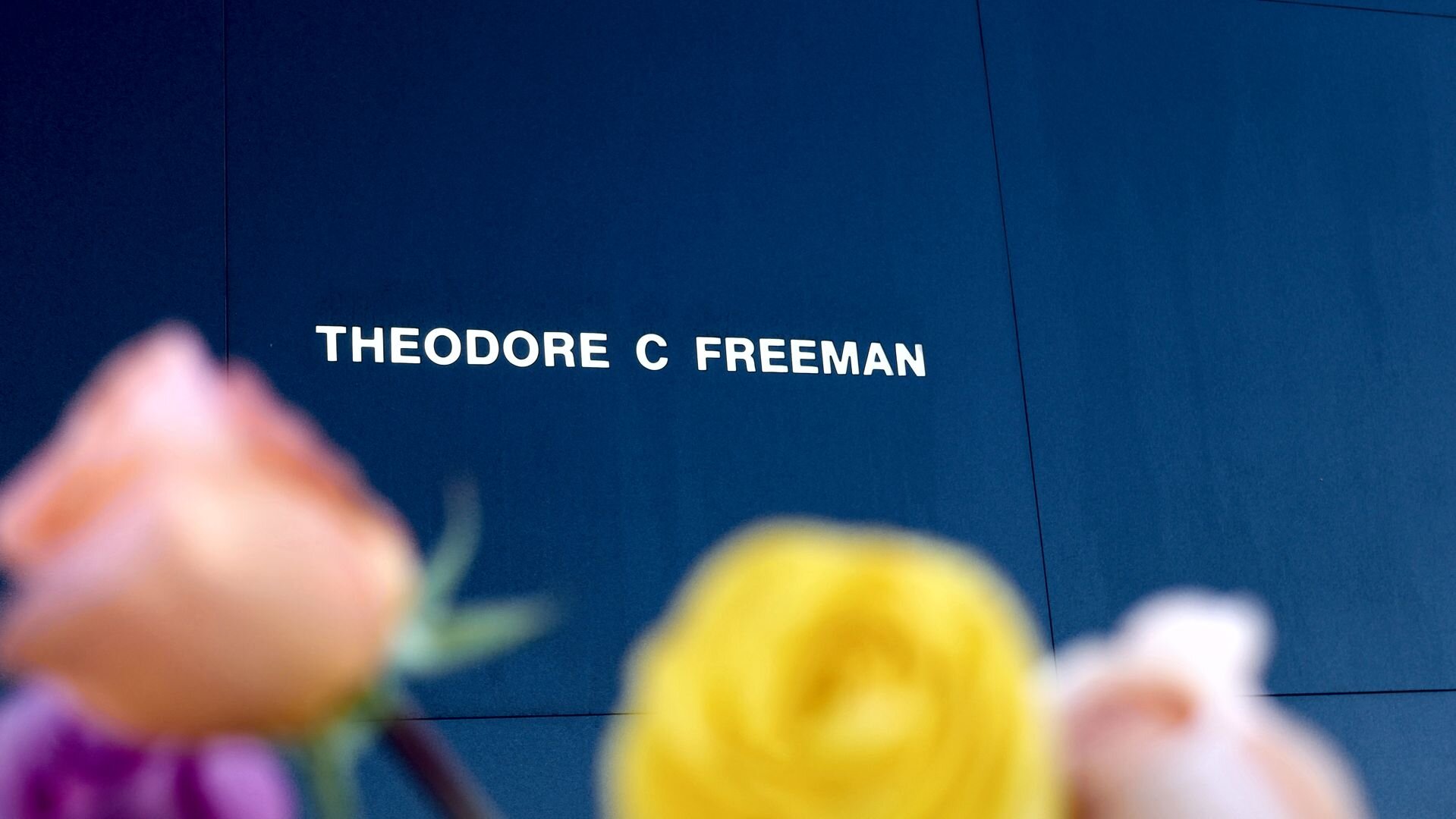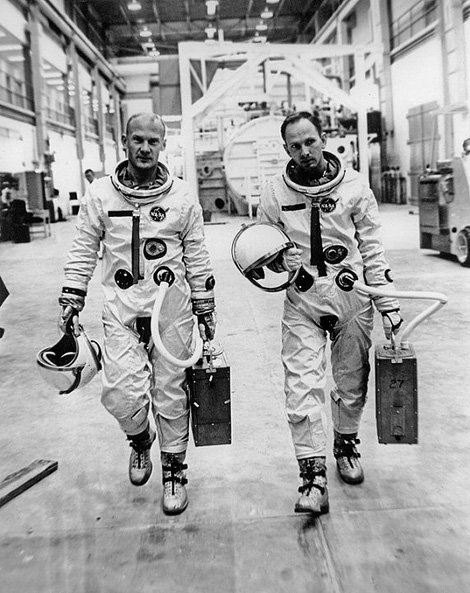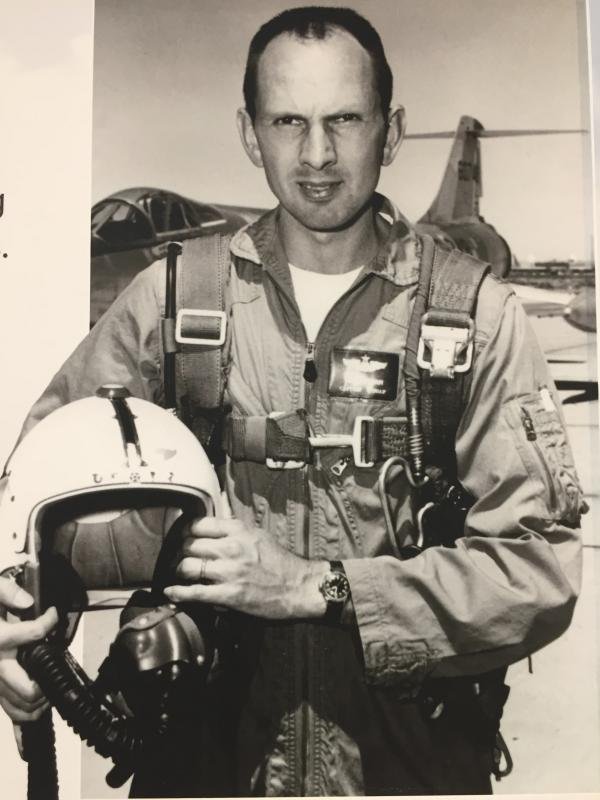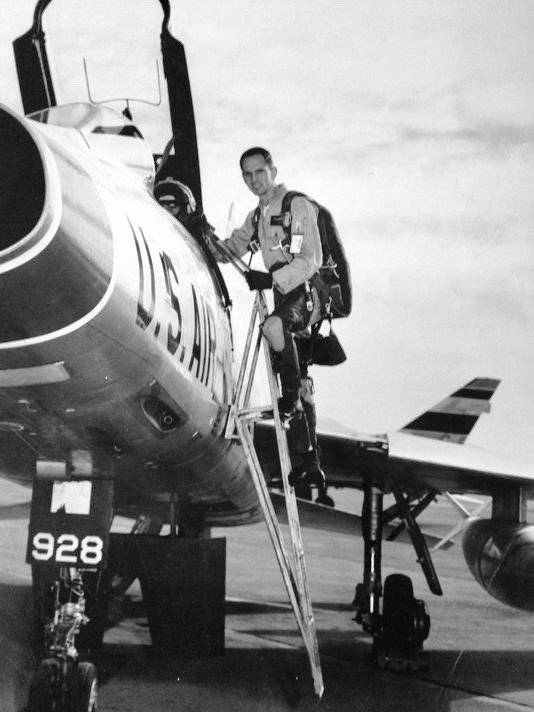Theodore C. Freeman
February 18, 1930 - October 31, 1964
“We don’t look on this as dangerous work. It’s about the most fascinating job I could imagine.””
Early life
Born in Haverford, Pennsylvania, on February 18, 1930, Freeman was named after the man who raised his father (Theodore Cullen Donovan), as well as his maternal grandfather (Thomas Cordy Wilson). He was one of five children. Raised in Lewes, Delaware, he attended Lewes Elementary School from 1936 to 1944. His father was a farmer and his brother a carpenter, and it seemed as if he would also have a blue collar career. When Freeman and his brother were young, they saved up money so they could take plane rides. He also was a part-time worker, helping to refuel the planes and work on them. He spent most of his money on flying lessons, and with over 450 hours of flying on his training record, earned his pilot's license by the age of 16. "I sort of grew up at the airport," Freeman said.
Freeman played baseball and football in high school. While playing football, he was hit hard and his teeth were knocked out of alignment. He was the president of the school's student and the local chapter of the National Honor Society; he graduated as an honors student ranked third in his class in 1948.
He was a Boy Scout and he earned the rank of First Class.
Education
During his senior year of high school, Freeman completed the application to the United States Naval Academy. He passed the scholarship portion, but failed the medical portion due to his crooked teeth. He was told if he straightened them out he would be accepted the next year.
During that year, Freeman attended the University of Delaware at Newark to further his education. He also made some money by spotting schools of fish for local fishermen. Freeman had an operation to fix his teeth, which included grinding his teeth down, then wore braces for several months to finish the effort. He was admitted to the U.S. Naval Academy Class of 1953 on June 17, 1949. Freeman graduated from Annapolis in 1953 with a Bachelor of Science degree. In 1960, he received a Master of Science degree in aeronautical engineering from the University of Michigan.
Military and NASA career
Freeman elected to enter the U.S. Air Force and took flight training at Hondo Air Force Base and Bryan Air Force Base, Texas and at Nellis Air Force Base, Nevada.[12] He was awarded his pilot wings in February 1955, shortly after being promoted to first lieutenant, then served in the Pacific and at George Air Force Base, California. He was promoted to captain in June 1960 while pursuing his master's degree at the University of Michigan and then went to Edwards Air Force Base, California, in February 1960 as an aerospace engineer.
Freeman graduated from both the Air Force's Experimental Test Pilot School (Class 62A) and Aerospace Research Pilot School (Class IV) courses. He elected to serve with the Air Force. His last Air Force assignment was as a flight test aeronautical engineer and experimental flight test instructor at the ARPS at Edwards AFB in the Mojave Desert.
Freeman served primarily in performance flight testing and stability testing areas; he logged more than 3,300 hours flying time, including more than 2,400 hours in jet aircraft. Freeman was one of the third group of astronauts selected by NASA in October 1963 and was assigned the responsibility of aiding the development of boosters.
Death
Freeman died of a bird strike on the morning of October 31, 1964. After a delay caused by fog, he piloted a T-38A Talon from St. Louis to Houston. Freeman was returning on Saturday from McDonnell training facilities in St. Louis and crashed during final approach to landing at Ellington Air Force Base in Houston. There were reports of geese due to the fog, one of which flew into the port-side air intake of his NASA-modified T-38 jet trainer, causing the engine to flame out. Flying shards of Plexiglas entered the jet engine during the crash.
Freeman attempted to land on the runway, but realized he was too short and might hit military housing. He banked away from the runway and ejected. The jet had nosed down a considerable amount, and he ejected nearly horizontally. Freeman's parachute did not deploy in time, and he died upon impact with the ground; his skull was fractured and he had severe chest injuries.
Personal life
Freeman was survived by his wife Faith Clark Freeman and one daughter, Faith Huntington. Faith Freeman first heard of her husband's death when a reporter came to her house: NASA subsequently ensured that in the case of future astronaut deaths, their families were informed by other astronauts as quickly as possible. He was buried with full military honors in Arlington National Cemetery. Five astronauts were pallbearers at the funeral.
About the T-38
The T-38 was the world’s first supersonic flight trainer. The Northrop T-38A Talon is a pressurized, two-place, twin-engine, jet trainer. Its fuselage is very aerodynamically clean and uses the “area-rule” (“coked”) to improve its supersonic capability. It is 46 feet, 4.5 inches (14.135 meters) long with a wingspan of 25 feet, 3 inches (7.696 meters) and overall height of 12 feet, 10.5 inches (3.924 meters). The one-piece wing has an area of 170 square feet (15.79 square meters). The leading edge is swept 32º. The airplane’s empty weight is 7,200 pounds (3,266 kilograms) and maximum takeoff weight is approximately 12,700 pounds (5,761 kilograms).
The T-38A is powered by two General Electric J85-GE-5 turbojet engines. The J85 is a single-shaft axial-flow turbojet engine with an 8-stage compressor section and 2-stage turbine. The J85-GE-5 is rated at 2,680 pounds of thrust (11.921 kilonewtons), and 3,850 pounds (17.126 kilonewtons) with afterburner. It is 108.1 inches (2.746 meters) long, 22.0 inches (0.559 meters) in diameter and weighs 584 pounds (265 kilograms).
The T-38A has a maximum speed of Mach 1.08 (822 miles per hour/1,323 kilometers per hour) at Sea Level, and Mach 1.3 (882 miles per hour/1,419 kilometers per hour) at 30,000 feet (9,144 meters). It has a rate of climb of 33,600 feet per minute (171 meters per second) and a service ceiling of 55,000 feet (16,764 meters). Its range is 1,140 miles (1,835 kilometers).
Between 1959 and 1972, 1,187 T-38s were built at Northrop’s Hawthorne, California, factory. As of 4 September 2018, 546 T-38s remained in the U.S. Air Force active inventory. The U.S. Navy has 10, and as of 30 October 2018, the Federal Aviation Administration reports 29 T-38s registered to NASA.

